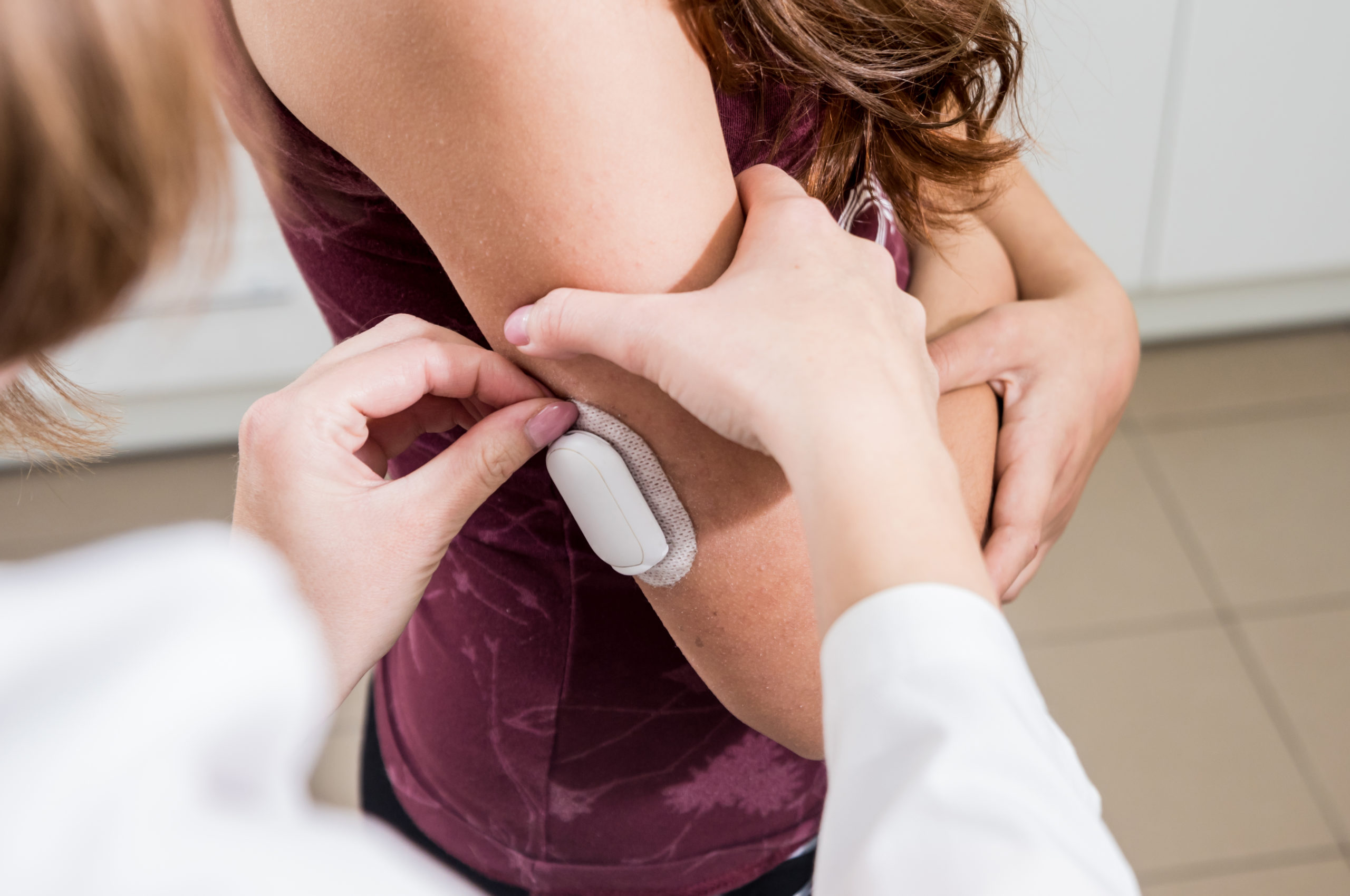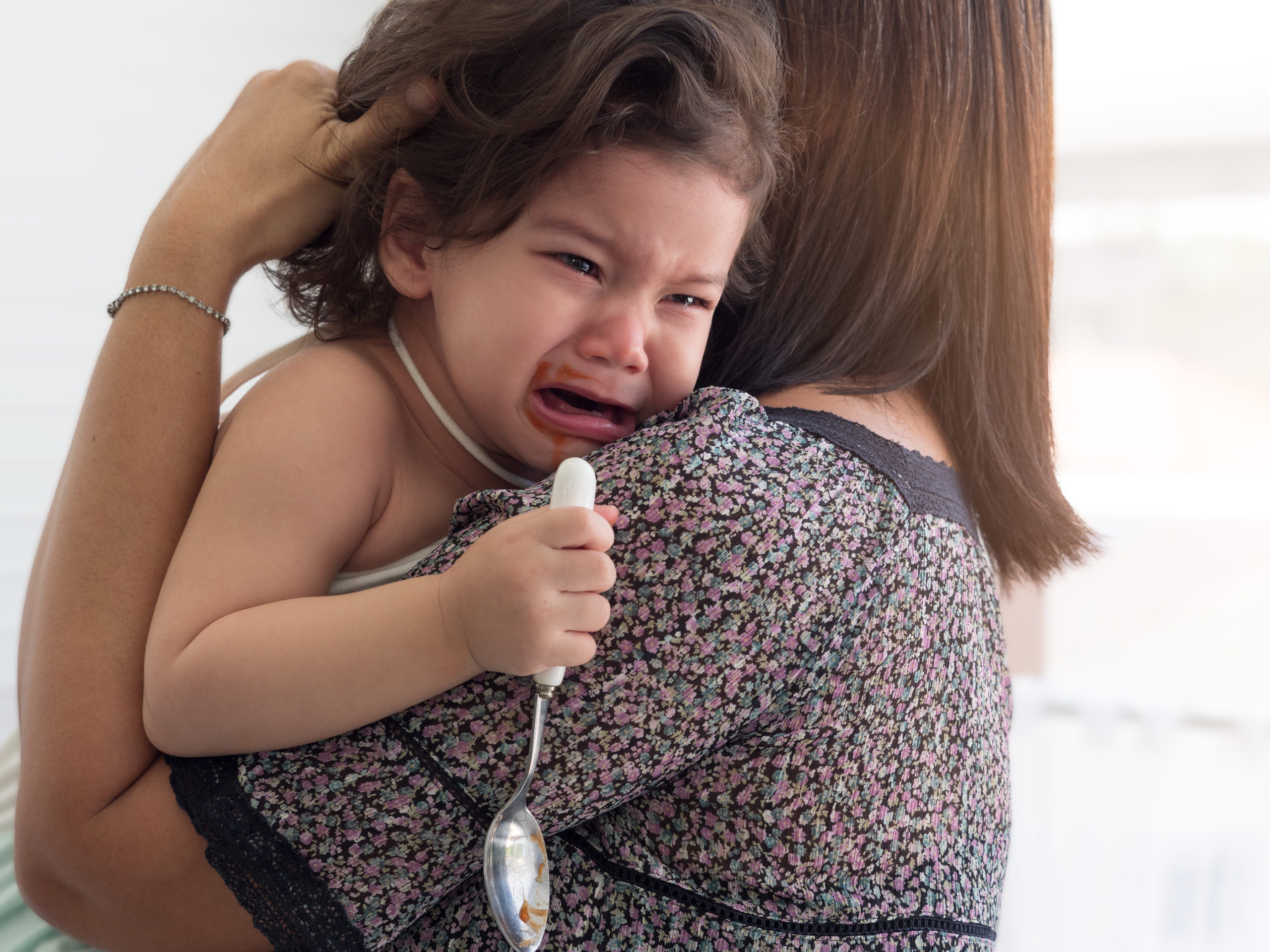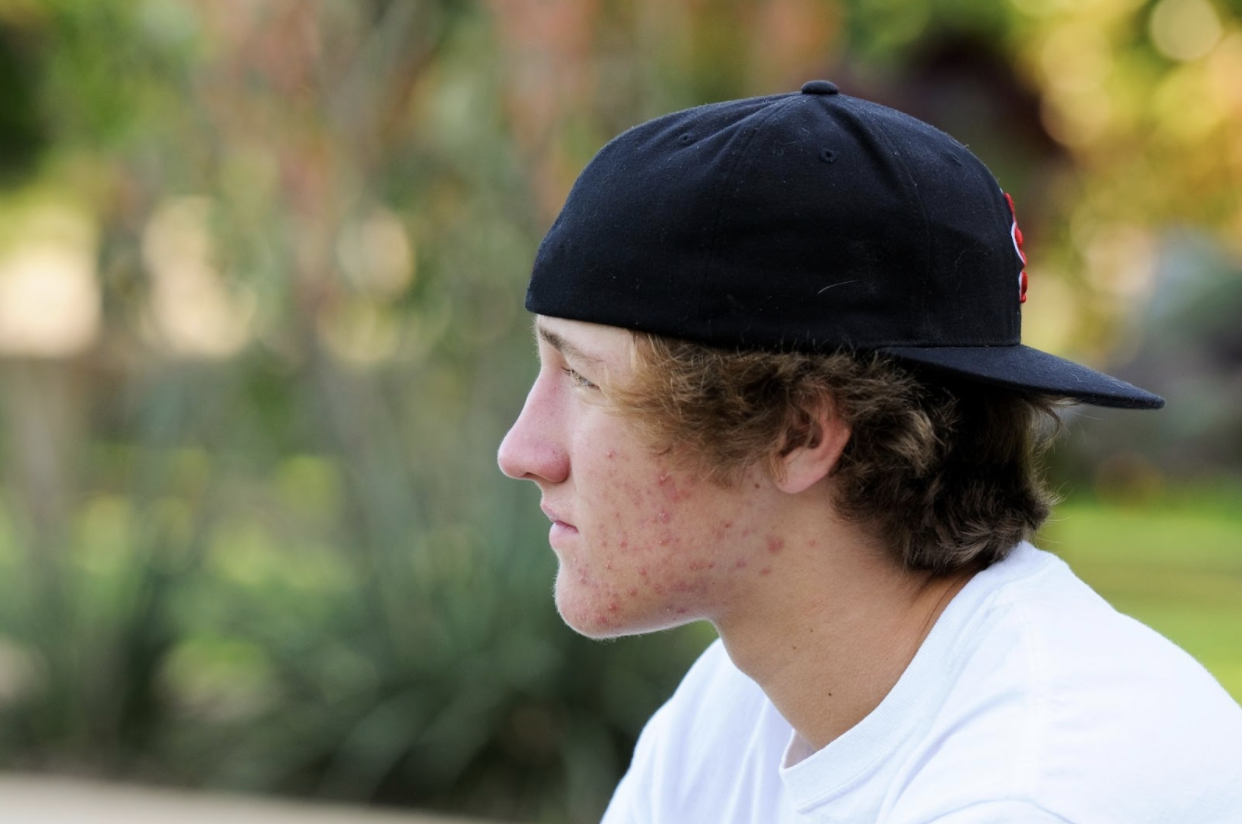Happy July, Thrive Pediatrics families! The summer months will soon be upon us, and as residents of the midwest, we know you are ready to get outside and enjoy some sunshine! Children and adolescents need plenty of outdoor time, exercise, and fresh air. This helps them sleep better, eat better, and continue working on all those great play-based, social skills needed for healthy development! It’s also important to use sunscreens to protect them from the sun’s harmful UV rays.
You may have heard, the Food and Drug Administration has recently proposed major changes to sunscreen regulations. In June of 2020, an FDA extended clinical study showed that six chemical sunscreen actives (avobenzone, oxybenzone, octocrylene, homosalate, octisalate, and octinoxate) available in four commercially available sunscreen products (lotion, aerosol spray, non-aerosol spray, and pump spray) enter the bloodstream even after a single application and can remain in the body for extended periods of time.
So, as you prepare for more time in the sun, we want you to be aware of the current debate surrounding ingredients included in many over-the-counter sunscreens. Here’s what you need to know to keep your family safe, healthy, and protected this summer.
Using Sunscreens to Keep Your Kids Safe in the Summer Sun
Opt for Mineral Sunscreens
Mineral sunscreens – sometimes referred to as physical sunscreens – use minerals as the active ingredients. The minerals most often used are zinc oxide and titanium dioxide both of which have been determined safe by the FDA. These ingredients occur naturally, but can be created synthetically as well.
Unlike chemical sunscreens, which are absorbed into the skin, mineral sunscreens sit on top of your skin. Think of the minerals like millions of little mirrors reflecting away the harmful UV rays.
Minimum 50 SPF
While the summer tan may look nice, it’s not good for the skin. In truth, a deep tan on a fair complexion is actually a visible sign of skin damage. Your skin is the largest organ in your body. So protect it as such! Choose a mineral sunscreen with a minimum SPF of 50. This is particularly important for babies and young children as their skin is especially sensitive.
Wear UV Resistant Apparel
Today, there are so many great UV resistant clothing options and swimwear for toddlers, children, and teens, that didn’t exist years ago.
You can easily cover large portions of the body with swim shirts, swim shoes, cover ups, hats, and sunglasses. It’s really not necessary, even poolside or at the beach, to cover your child’s entire body with sunscreen if you use UV resistant apparel.
Take Frequent Breaks & Avoid Peak Sun Hours
The sun is at its strongest during the hours of 10:00 a.m. to 2:00 p.m. It’s recommended you avoid too much direct sun exposure during this time. If your family or children need to be outside during peak hours, take frequent breaks in the shade and hydrate often.
Be Aware of Medications & UV Rays
Certain medications can increase sensitivity to sunlight and actually result in sunburns, rashes, or redness. If your child takes a medication regularly or needs an antibiotic during the summer, make sure to ask if sun sensitivity is a side effect.
More Research Needs to Be Done
In the meantime, it is still recommended that you use sunscreen to protect yourself and your children. At Thrive Pediatrics, we will continue to stay informed and update you and your family with any new FDA recommendations for sunscreen ingredients. The ongoing studies will hopefully shed more light on how to best keep your family safe in the sun.
If you liked this Thrive Pediatrics blog, check out these related articles:
–Natural Remedies for Seasonal Allergies
–4 Ways The Environment Can Impact Your Child’s Health





